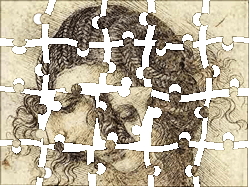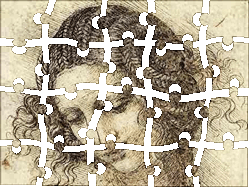



Prescanned Shakespeare.com
presented by Acoustic Learning
Poets arrange words into verse to make you emphasize certain syllables. They do this because English conveys meaning with syllabic emphasis. For example, say this sentence out loud, emphasizing the italicized syllables:
I know that's what you said.
Ask yourself: what would it mean if you said the sentence like that? Now, say it again, but change the emphasis to a different syllable.
I know that's what you said.
Because the syllabic emphasis is changed, the sentence means something else. This is how a poet uses verse to tell you what they mean to say.
 |
A poet chooses and arranges words so the language fits together in one specific pattern. |
 |
If you don’t say the words according to the prescribed pattern, the verse comes out strangely and doesn’t feel right. |
 |
When you say the words in the intended pattern, you produce what the poet intended to say. |
 |
And when the pattern is natural and seamless, the language itself is beautiful to experience. |
This guide will show you how to identify the patterns of verse. You will learn how to analyze the language of a poem, thus empowering you to find the ideas and emotions its writer wants you to discover. From the patterns your analysis uncovers, your reading can become meaningful, emotional, and naturally beautiful, as the poet intended it to be.
<< Previous section |
Next section >> |
||
|
Order
the printed book of this online guide. Perfect paperback, 65 pp. |
All contents of this page are copyright ©2012 Acoustic Learning Inc. All rights reserved.